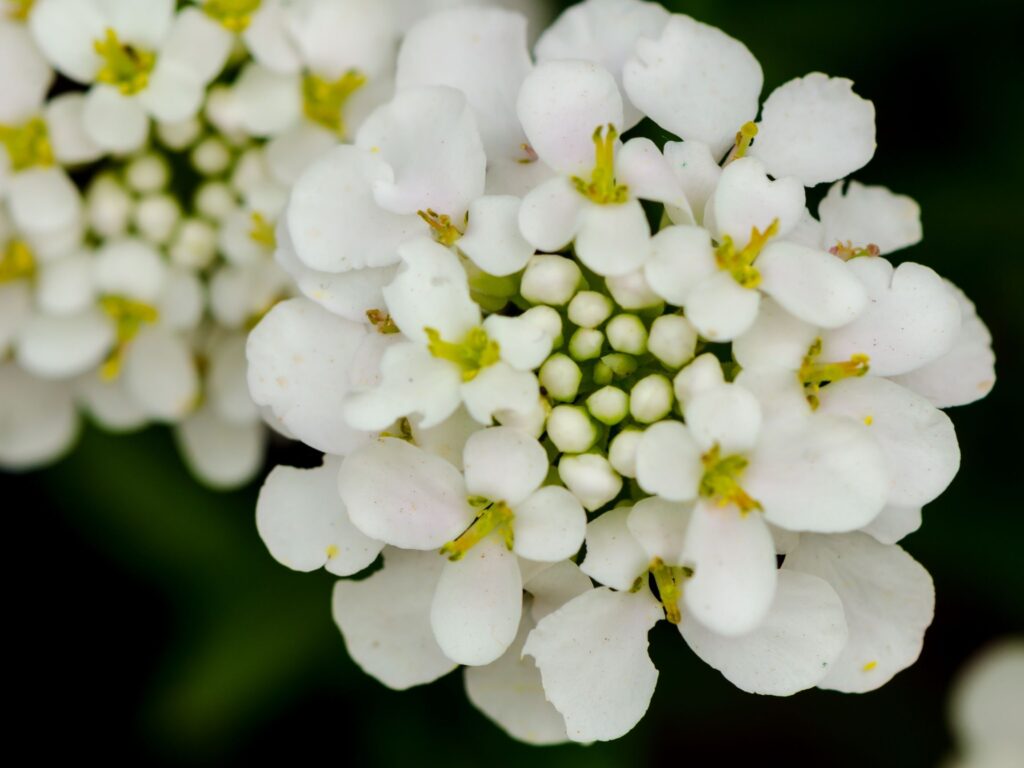November gardening checklist

Goeie Goggas and Glam Growing
How delicious it is to be in full spring swing! The November garden is a thrilling spectacle of goeie goggas and the perfect season to begin glam growing. Flyers and pollinators are your best friends (for free), with the lacewing bug leading the pest control pack.
Also, we’re really spoilt for choice in the edible sow zone with some extravagant crops to show off with. Pink is popping at the moment too, so be sure to check out Life is a Garden’s selection of blush-worthy trees.
Eco-warrior wall of fame: Lacewings
Dynamite comes in a small package with these extraordinary helpers. They are excellent additions to the garden for pest control and prevention. Adults feed on pollen, nectar, and honeydew, while the larvae are active predators of soft-bodied pests such as aphids, thrips, whitefly, leafhoppers, spider mites and larvae, caterpillars, nymphs, mealybugs and more! After feasting for 2-3 weeks, lacewing larvae spin a cocoon and emerge as adults 10-14 days later. After such a carnivorous upbringing, adults lacewings are converted to veganism, enjoying nectar and helping us by pollinating crops.
Wow-worthy facts
- Known also as aphid lions or wolves, lacewings can gobble up to 100 nasty aphids in a day.
- Grey lacewing larvae are super smart oaks! They camouflage by carrying devoured prey carcasses on their backs.
- Adult lacewings have ears at the base of their wings, allowing them to hear bats’ echolocation signals. They avoid being eaten by closing their wings and appearing smaller.
- Lacewing larvae kill their prey by injecting lethal digestive juices into their meal, dissolving their insides, and then providing our hero with a nutritious, sappige smoothie – lekker!
Welcome lacewings by
- Planting indigenous.
- Offering a variety of pollen and nectar-rich flowers to choose from (suggestions below).
- Learn how to identify them to avoid accidental harm to these heroes.
- Providing a safe hibernation home during the winter, such as log piles and dense hedges (check out our Hedge-tech article here for inspiration that’s shearously worth it).
Plants for critters that guard the garden
Lacewings, butterflies, birds, bees, and ladybugs will all come to work when adding these sweet additions to the garden now:
- Wild dagga
- September bush
- Pentas lanceolata
- Star jasmine
- Flowering hibiscus
Nasturtiums
Glam growing
These flowers, plants, and trees are stunning spring showstoppers. Seedlings and seed packets are available at GCA Garden Centres now. Don’t forget your compost, potting soil, and fertilisers!
To sow for show
- Full sun flamboyance: Carnations, cornflowers, dianthus, felicia, helichrysum and hollyhocks.
- Semi-shade sassiness: Impatiens, foxgloves, candytuft, and Canterbury bells.
- Fast-growing glories: Marigolds, cosmos, ageratums, petunias, and portulacas.
To grow for fragrance
- Inca lilies, aquilegias, rudbeckias, dahlias, gaura, grevilleas, echinaceas, gardenias and bougainvillaeas.
To plant for pretty
- Summer bulbs: Hippeastrum (amaryllis), dahlias, lilium oriental, zantedeschia, and gladioli.
Blush-worthy trees and shrubs
Your heart, cheeks, and garden will be filled in blushing shades of pink when planting these indigenous tickles now.
- Trees: Cape chestnut (Calodendrum capense), and Mountain hard pear (Olinia emarginata).
- Shrubs: River indigo (Indigofera jucunda), Pink mallow (Anisodontea scabrosa), and Forest pink hibiscus (Hibiscus pedunculatus).
Top tree tip: Before planting, consider the following important factors.
- Size: How big will the tree get and is its size suited to your garden?
- Roots: What type of root system does it have, and will it damage infrastructure where you want to plant it?
- Water: Water-wise and indigenous is always best for our local biodiversity and water shortages.
- Region: Can the tree survive in your specific garden conditions within your region?
Extravagant crops
Sometimes, size matters, and these impressive crops are sure to give you plenty of show-off fuel. Take your abundant harvest to the next braai or post on social media for the world to see!
- Big shows: Sweetmelons, watermelons, African cucumbers (horned melons), pumpkins, maize, and sweetcorn.
- Abundant grows: Beans, beetroot, broccoli, cabbage, carrots, cauliflower, celery, eggplant, lettuce, okra, peppers, radish, squash, Swiss chard, tomatoes, and turnips.
- Heralding herbs: Basil, coriander, chives, chamomile, echinacea, oregano, parsley, rocket, and thyme.
Grow zone top tip: Our country has been through a lot and we’ve got many hungry tummies. Share your harvest with those in need and let’s spread some lurve, gardener style!
Your November glam growing is sorted, and with the lacewing on your side, there’s nothing that can stop you. Remember to prune your leucospermums, buchus, ericas and proteas now as you head off into the garden for your sowing extravaganza. Life is a Garden, so make yours extraordinary this spring!


Sorry, the comment form is closed at this time.